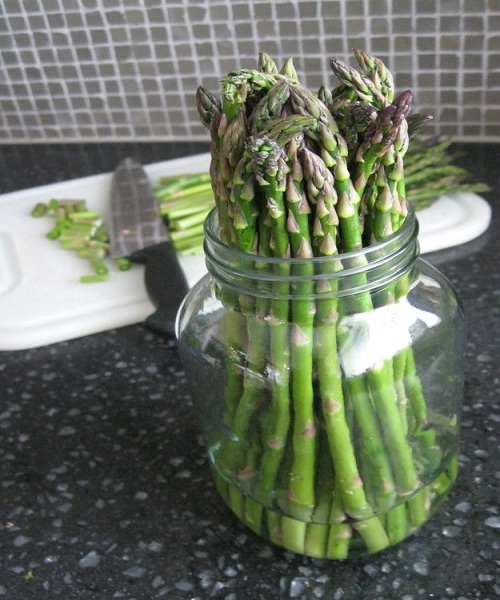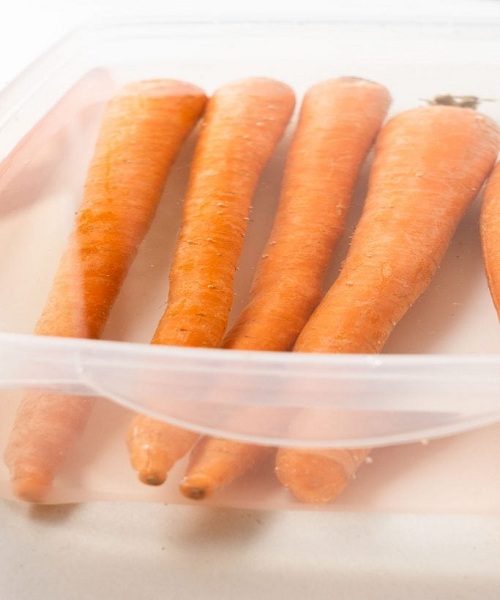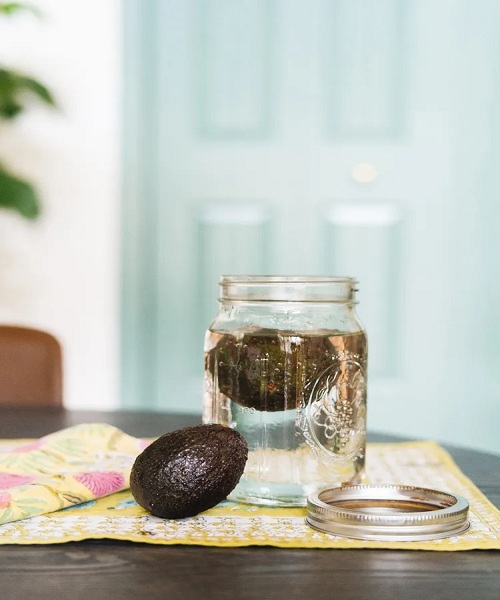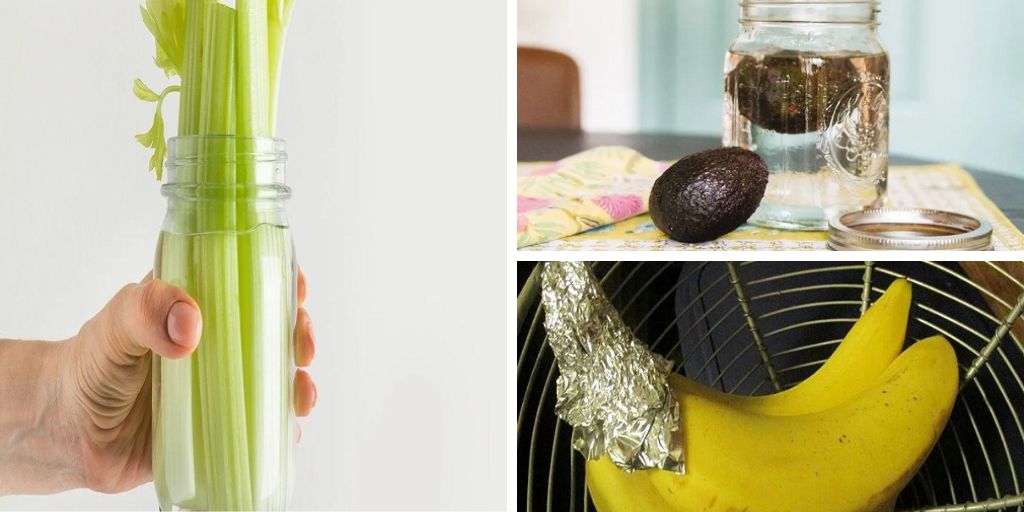We always feel bad about throwing out food that has been sitting in the fridge for too long if it was from a meal we all really liked. But there’s nothing worse than having to throw away fresh food that went bad in the fridge.
We’ve included some useful tips for extending the freshness of some often used fruits and vegetables so you may save money by wasting less food.
Bananas
It begins with a tiny spot, and then you have to throw the banana away because it has rotted too much to peel and eat.
To delay banana ripening, wrap the stems in aluminum foil. Sealing the stem will prevent the release of ethylene, buying you a few extra days before your bananas begin to develop unsightly spots.

Tomatoes
Putting food in the fridge is a tried and true method for extending its shelf life. Cold storage delays the activity of spoilage enzymes, prolonging the shelf life of perishables.
The only exception is tomatoes.
When stored in the fridge, tomatoes deteriorate more rapidly. Tomatoes become mealy and soft when their own enzymes eat through the cell wall. Blech! Flavor is also out the window.
If tomatoes are stored at temperatures below 55 degrees Fahrenheit, the enzymes responsible for their delicious vine-ripened flavor are not produced.
Tomatoes will keep longer and taste better if kept on the counter, away from other fruits that release ethylene.

Celery
This nutrient-dense vegetable may stand in for chips thanks to its firmness and built-in scoop for condiments like hummus and salsa.
When kept in the fridge for a few days, though, it tends to wilt and become soft.
It’s not hard to fix this problem.
You may revive limp celery by cutting off the bottom and standing the stalks in cold water. If you put the full bunch of celery in the fridge, it will return to its crisp state in a matter of hours. Once you’ve resurrected your celery, wrap it firmly in foil and store it in the crisper drawer to maintain its crunch.
An added benefit of this method is that if you happen to get a bunch of celery that wasn’t blanched for long enough in the field, letting the stalks stand in cold water will assist to remove the bitterness.

Mushrooms
Mushrooms sold in grocery stores typically come in a small plastic container or on a Styrofoam tray and are wrapped in plastic. The vast majority of us would store this jar in the fridge right away. However, if you want your mushrooms to keep for more than a day or two. That shouldn’t be your strategy.
Mushrooms actually prefer it when it’s a little bit dry, contrary to popular belief.
A surefire way to end up with moldy mushrooms is to leave them in their plastic-wrapped packages. Mushrooms should be placed in a paper bag as soon as you get into the house after returning from the store. The mushrooms will be able to retain just the correct amount of humidity in the bag, preventing them from drying out but also preventing them from rotting.

Salad Greens
Before storing them in the refrigerator, transfer the tender greens from the box they came in to a larger container (or containers). If you add a paper towel to the mix, the lettuce will be considerably more comfortable.
Tiny, sensitive leaves easily start to rot when shipped from the store in a box with no ventilation. They can be transferred to larger containers to save money and prevent food waste.

Asparagus
You may extend the life of your asparagus by a few days by storing the stalks in a mason jar with an inch or two of water in the bottom.
You can make butter-braised asparagus with parmesan curls in no time at all if you just keep the jar in the fridge until you’re ready to cook.

Carrots
Carrots have a long shelf life once they’ve been harvested. However, if you keep them in a plastic bag in the crisper drawer, they might not always taste or look their best.
Carrots will retain their sweetness, tenderness, and crunchiness when stored in a small tub of water in the refrigerator. Carrots won’t turn mushy, and the skin won’t dry and crack. This means the sweetness of the flavor will be preserved for longer.
Carrots become bitter when exposed to ethylene, which is commonly found in other foods that have been refrigerated with them. To keep them from absorbing ethylene gas, store them in water.
To keep the carrots at their freshest, it’s best to change the water every few days.

Avocados
Avocados are one of the most temperamental fruits in our grocery basket. In one moment, they are as solid as a rock; in the next, they have outlived their usefulness and must be discarded.
And if you only want half, how do you go about it? No matter how many absurd devices you use, you just can’t manage to stop the other half from oxidizing and turning brown.
However, both whole and sliced avocados can be kept fresh with little effort. The best way to keep avocados is to fill a bowl with water and refrigerate them. Submerging avocados slows down the ripening process and avoids oxidation because to the fruit’s high concentration of beneficial fats, which also prevents water from accessing the fruit.

Make It All Clear
Clear containers are the best option for preserving the freshness of produce, regardless of your methods for preserving other foods. As the old adage goes, “out of sight, out of mind,” which means that perishables that are buried towards the back of the fridge never get eaten.
Always know what’s in your refrigerator by keeping everything in see-through containers.


